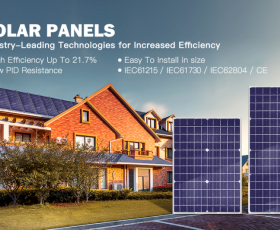Photovoltaic power plants, also known as solar power plants, are facilities that convert sunlight into electricity. These plants use solar panels to capture the energy from the sun and convert it into usable electricity. This renewable energy source is becoming increasingly popular as the demand for clean, sustainable energy continues to grow.

What Are Photovoltaic Power Plants?
Photovoltaic power plants are large-scale installations that are designed to generate electricity from sunlight. These plants are made up of thousands of solar panels, which are typically installed in open, sunny areas such as deserts or fields. The panels are made up of photovoltaic cells, which are responsible for converting the sunlight into electricity. Once the electricity is generated, it can be used to power homes, businesses, and even entire communities.How Do Photovoltaic Power Plants Work?
Photovoltaic power plants work by harnessing the energy from the sun and converting it into electricity. The solar panels are made up of numerous photovoltaic cells, which are made from semiconductor materials such as silicon. These cells have the ability to convert sunlight into direct current (DC) electricity. This electricity is then sent to an inverter, which converts it into alternating current (AC) electricity that can be used to power homes and businesses.Benefits of Photovoltaic Power Plants
There are many benefits to using photovoltaic power plants as a source of electricity. One of the main advantages is that solar power is a renewable energy source, which means it will never run out. Additionally, photovoltaic power plants produce electricity without emitting harmful greenhouse gases, making them an environmentally friendly energy option. They also require minimal maintenance and have the potential to reduce electricity costs for consumers.

